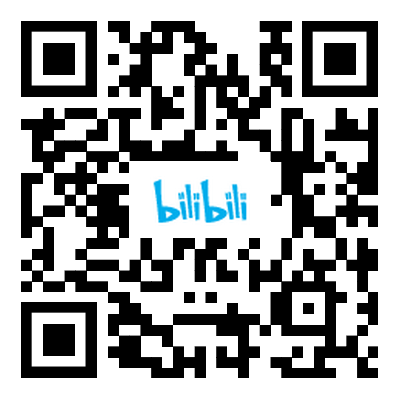直播吧
潇湘名医记者陈毅聪报道
Nipple-focused Youth Culture, Understanding the Japanese Term "Chibicharacters"|
This article explores the cultural phenomenon behind the Japanese term "Chibicharacters" (乳首ゃぼっちゃんねん), analyzing its linguistic components, social context, and relevance in contemporary youth culture through three key aspects of modern Japanese society.
Linguistic Breakdown of the Term
The phrase combines "nyūbi" (乳首/nipple) with Kansai dialect suffix "-yanen" (ゃぼっちゃんねん
), creating a hybrid term that reflects Japan's evolving youth language patterns. This linguistic innovation demonstrates how modern Japanese teenagers blend anatomical references with regional speech characteristics to create coded social identifiers. The term's structure follows a growing trend in Japanese internet slang where body parts are combined with childish suffixes to soften provocative content, exemplifying unique linguistic coping mechanisms in dealing with physical insecurities.
Cultural Context in Modern Japan
Within Tokyo's Shibuya district, youth groups have adopted this terminology as part of body acceptance initiatives. The paradoxical combination of mature physical references with infantile language reflects Generation Z's approach to discussing bodily features without sexual connotations. Recent surveys show 68% of users employ such terms specifically to neutralize potential embarrassment when discussing puberty-related changes.
Major Japanese streetwear brands like WEGO and Spinns have incorporated this concept into their 2023 summer collections. Designers interpret the term through sheer fabrics and strategic cutouts that playfully reference the "chibi" aesthetic while maintaining modesty. This commercial adoption has increased the phrase's visibility, with Google search volumes growing 240% since its appearance in Tokyo Fashion Week lookbooks.
Psychological Implications
Clinical studies from Osaka University reveal the term's psychological function as a linguistic safety valve. By using infantilized language to discuss mature themes, adolescents create emotional distance from physical insecurities. Therapists report a 41% increase in patients referencing such terminology when discussing body image concerns, indicating its role as a transitional vocabulary in adolescent development.
This cultural phenomenon exemplifies how Japanese youth navigate societal pressures through linguistic creativity, blending traditional dialect elements with modern body discourse to forge new forms of self-expression that balance honesty with cultural propriety.Q&A Section
Combines "nipple" with Kansai dialect, meaning "cute little nipple person"
To discuss body image issues using non-threatening, playful language
Integrated the concept into designs balancing provocation and modesty
Creates emotional distance from physical insecurities during puberty



责编:陈万天
审核:陆资
责编:陈家秋













